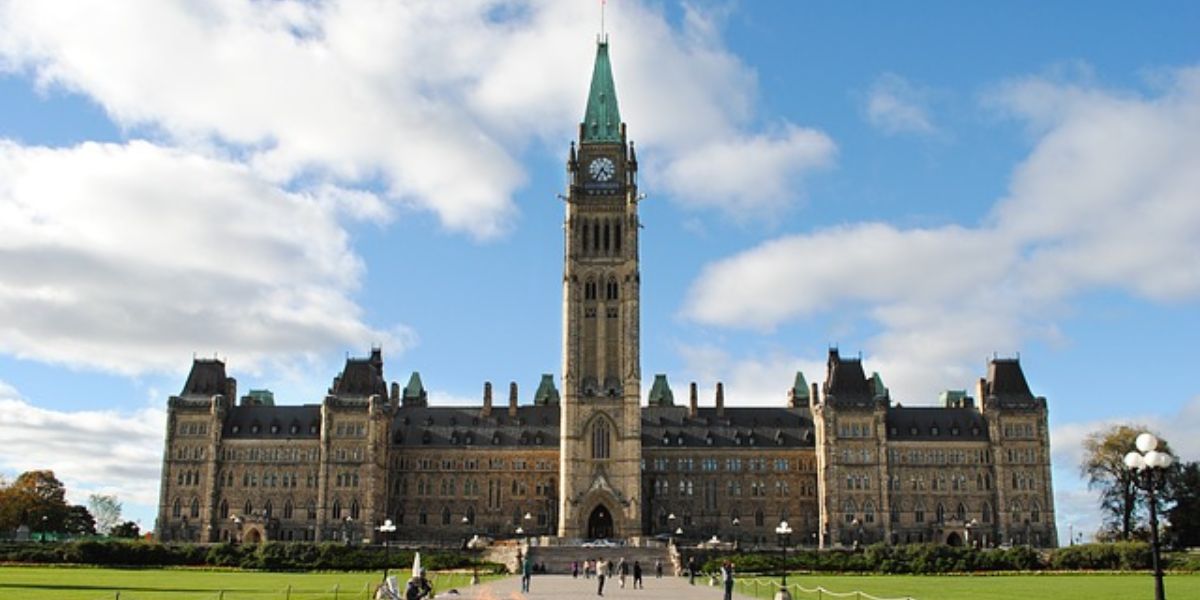The World Trade Organization (WTO) conducted its tenth review of trade policies and practices of Canada on 15 and 17 June 2015. The review was based on a report issued by the Canadian government and a report by the WTO Secretariat.
The WTO Secretariat noted that Canada has recovered well from the economic crisis and in the years 2011 to 2014 GDP grew annually at an average rate of 2.4%. Although growth has been slackening due to weak export growth and investment, remaining below the potential growth rate, the economy has shown resilience to external shocks.
Economic Action Plans (EAPs) have been implemented since 2009, identifying policy actions to overcome weaknesses and spur the economy. The EAP for 2014 focused on a balanced budget and support for jobs and growth, developing resources responsibly and supporting communities. Attempts to rebalance the economy and eliminate the deficit by 2015/2016 have focused on control of spending, and enhancement of the fairness of the tax system.
Trade performance has been characterized by a steady increase in imports and exports of both goods and services. Canada’s merchandise trade is about five times the size of the trade in services for both imports and exports. Canada is very reliant on the US as the major market and its export product base is narrow, consisting mainly of energy and mineral products, transportation and vehicles. The US share of Canada’s exports grew in the period to 77% of total merchandise exports; and 54% of total imports were from the US.
Canada launched its Global Markets Action Plan (GMAP) in 2013 to prioritize markets and support commercial success in trade. This plan sets priorities for trade initiatives and promotions and has identified 22 priority sectors where Canada has a strategic advantage.
In trade, Canada has negotiated reciprocal free trade agreements (FTAs) and in the review period FTAs with Korea (Rep), Colombia, Honduras, Jordan and Panama have entered into force. An agreement with the EU was completed in 2014 but has not yet entered into force. Canada’s partners in the North American Free Trade Agreement (NAFTA) account for the vast majority of FTA imports; with its other ten agreements together accounting for less than 2% of FTA imports.
Further steps have been taken to facilitate trade including the Release Prior to Payment program that allows quicker release of goods from customs. Other programs allowing more efficient procedures at the border include the Customs Self Assessment (CSA) and Free and Secure Trade (FAST) programs.
The average applied tariff for agricultural products was 22.5% for the period under review and the average tariff for non-agricultural products declined from 2.5%to 2.4% in the period. More than two-thirds of Canada’s product lines have zero duties, with non-zero rates in just a few areas including agriculture, clothing and footwear. Canada has been simplifying tariffs by harmonizing customs duties within three ranges of tariffs and eliminating tariffs below 5%.
Export duties are imposed on softwood lumber and unstamped domestically manufactured tobacco products. There are export controls or licensing on a list of controlled goods, mainly military and strategic items.

















